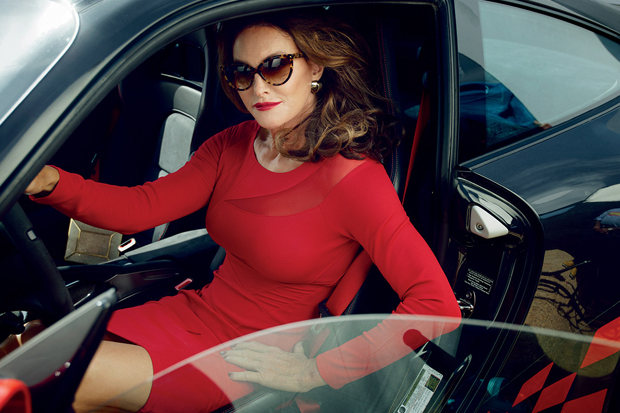
You may have heard that Caitlyn Jenner’s Vanity Fair cover broke the Internet. The feature publicly introduced Caitlyn’s name and correct gender pronouns, as well as gender presentation. Within hours of the cover photo’s debut, Jenner’s new Twitter account amassed over one million followers, setting the record for the fastest growing Twitter account (knocking previous record-holder President Obama down to second).
The general public has varying attitudes about trans*, lesbian, gay, and bisexual people, both as the LGBT group and as distinct identities. Sexual orientation, beliefs about sexuality, adherence to a binary conception of gender, religiosity, and personal contact with sexual and gender minorities best predict attitudes towards lesbians, gays, bisexuals, and trans* individuals, but also vary based on the distinct group(s) being considered. For example, heterosexual females are more likely to hold positive opinions about gay men and trans* individuals, but are also more likely to hold negative opinions about lesbians.
- Meredith G.F. Worthen. 2012. “Understanding College Student Attitudes Toward LGBT Individuals.” Sociological Focus 45(4):285-305.
- Aaron T. Norton and Gregory M. Herek. 2013. “Heterosexuals’ Attitudes Toward Transgender People: Findings from a National Probability Sample of U.S. Adults.” Sex Roles 68(11-12):738-753.
Though increasing visibility is promising, researchers argue that media representations and discourses of trans* people often still conform to a rigid gender binary that reinforces cultural norms of masculinity and femininity. Jenner’s style choices are already under the microscope, and media outlets are labeling her a “diva” for her Diane von Furstenburg-clad appearances in New York City.
- Kay Siebler. 2012. “Transgender Transitions: Sex/Gender Binaries in the Digital Age.” Journal of Gay & Lesbian Mental Health 16(1): 74-99.
- Linda Kalof. 1993. “Dilemmas of Femininity: Gender and the Social Construction of Sexual Imagery.” The Sociological Quarterly 34(4):639-651.
- Catherine Connell. 2010. “Doing, Undoing, or Redoing Gender? Learning from the Workplace Experiences of Trans People.” Gender and Society 24(1):31-55.
Limiting the hype about Caitlyn’s cover to her newly revealed gender identity overlooks other reasons why her photo shows up on so many Facebook and Twitter feeds. People already know Jenner as a celebrity, and celebrities arguably fall into a special category when it comes to class, status, and power. Fame can heavily influence individual opinions, but those effects depend on the celebrity in question and a person’s context within the larger population.
- Arnout Van de Rijt, Eran Shor, Charles Ward, and Steven Skiena. 2013. ”Only 15 minutes? The social stratification of fame in printed media,” American Sociological Review78(2):266-289.
- Charles Kurzman, Chelise Anderson, Clinton Key, Yuon Ok Lee, Mairead Moloney, Alexis Silver, and Maria W. Van Ryn. 2007. “Celebrity Status,” Sociological Theory 25(4):347-367.

Comments 2
Tristan — July 14, 2015
Thanks for this. The "Doing, Undoing, or Redoing Gender?" piece that you cite is not actually Raewyn Connell's article. It's by Catherine Connell. Just FYI.